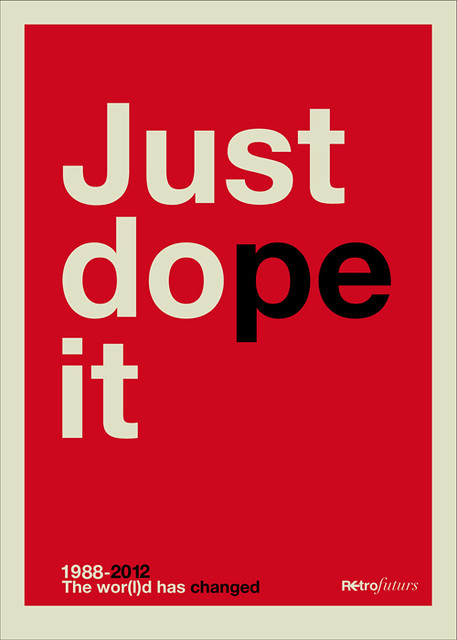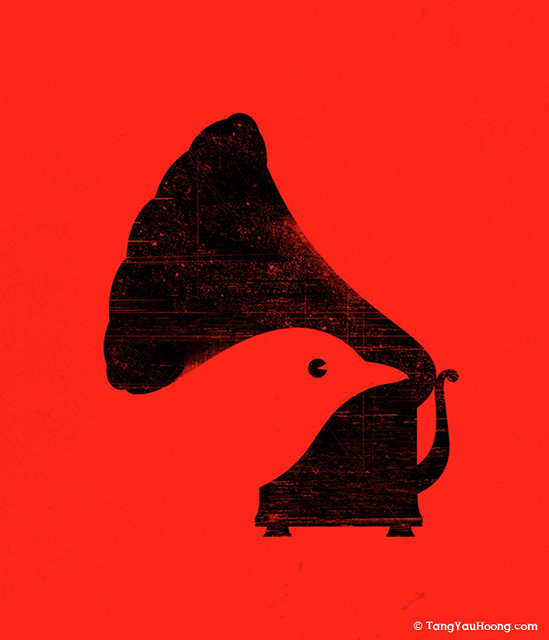In this past lecture in our Integrated Theory and Practice series we were given a talk about Visual Vocabulary. As always there were 5 key principles, the two of which I will be speaking about are: Legibility and Visual Hierarchy.
~ Legibility
In these three examples i am unsure as to whether they display good legibility or not. If you were to simply look at these images on the internet, then i do not think they are easily read. the text is smaal, and in somewhat a seemingly un structured format (image three). But as you can see these are images of publications that were created for print production, which changed everything. When you have something in your hand you can bring it closer to be able to read it better but that is not the point is it. If something is deigned so that you need to bring to book/page closer then is is poorly designed in my opinion, but even still i think having these publications physically in your hand makes a difference. Depending on the size of the publication i think these are legible despite first impressions. If these were to be any smaller than an approximate A4 size then i think you would have trouble reading them. So to conclude my small study on legibility;
The context of the image (web/print/screen) is important in analysing weather something is legible.
It is important to know the parameters in which the boundaries for legibility are set (size of publication/type of paper it's printed on/finish of the paper [gloss/matte]).
Here are some examples of good legibility:
- ~ -
~ Visual Hierarchy
These three examples show how in visual communication and design there is always a visual hierarchy. The Geography text book has a bold title located at the top of the page (but i don't think the location is the most important factor) and it stands out on the page. Your eye is drawn there first and you read the title and are immediately informed as to what the book is about. In the image of the watch, the aperture on the camera, controlling the depth of field, brings our attention to the watch itself, not the text on the page that it's on or the page behind but the watch. You look at the watch face first then your eye may wonder around looking at it's setting and perhaps the buckle which is out of focus. This is a technique that would be great for advertising, if this was an advert for a watch then you would be looking exactly at what the designer wants you to look at.
For example;
You can see how the focus of this image is vital in the understanding of the advert. when the watch is blurred you can't help but assume the watch is not the most important thing in the image, you look at the bits of the image that are sharp. In the 1st image where the watch is sharp it makes for a pretty good advert for IWC swiss watches.










No comments:
Post a Comment